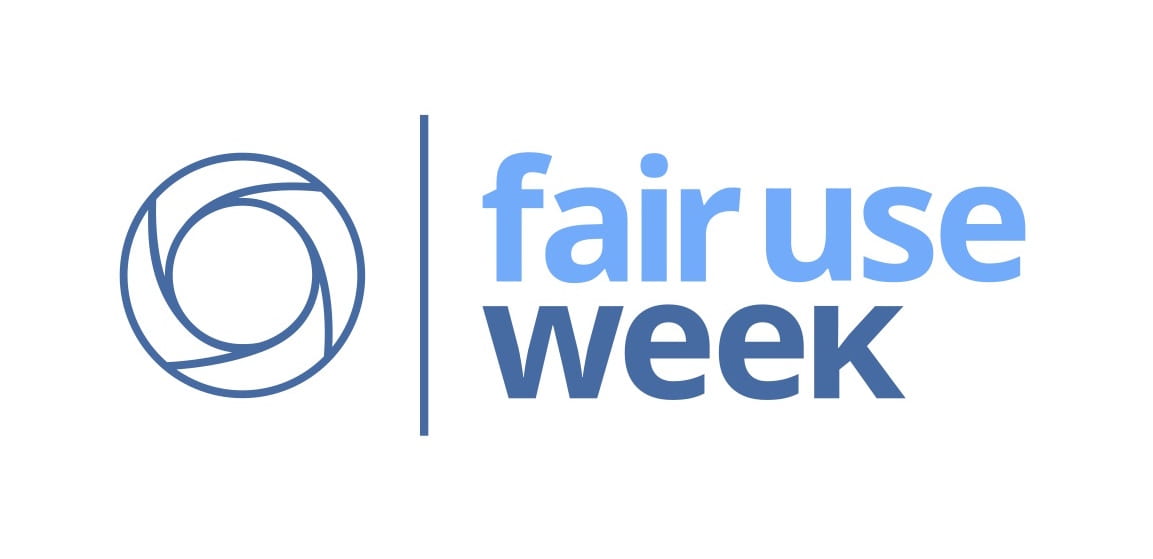Happy Fair Use Week, Bobcats! This week libraries are celebrating that delicious slice of the U.S. Copyright Act that helps us navigate our freedom of expression while not infringing on the rights of authors. Fair Use is one of your rights but can be a little tricky to understand, so let’s break it down.
What is Fair Use, exactly?
Very basically, Fair Use is a concept that allows people to use copyrighted material in their work as long as their work and its purpose meets certain conditions. Defined in section 107 of the US Copyright Act, the fair use of copyrighted material allows people to reproduce copyrighted material in their work as long as the purpose is aimed at “criticism, comment, news reporting, teaching (including multiple copies for classroom use), scholarship, or research” (17 U.S.C. 107). These different purposes define a lot of ways we can appropriately engage with copyrighted material, but when there’s doubt about whether use of copyrighted material qualifies as fair use, there are four factors taken into account. These are:
- The purpose and character of the use, including whether such use is of a commercial nature or is for nonprofit educational purposes
- The nature of the copyrighted work
- The amount and substantiality of the portion used in relation to the copyrighted work as a whole
- The effect of the use upon the potential market for or value of the copyrighted work.
17 U.S.C. 107.
The first factor also relates to purpose. Works made for commercial use are much less likely to be considered Fair Use than works made for education.
The second factor sounds vague, but some pointers are generally, the reproduction of scholarly or information works that have been published will be more likely to be covered under fair use.
The third relates to how much of a copyrighted work is used and how important the section of the copyrighted work is considered to be. Here, smaller and less important parts of works are more likely to be covered under fair use.
Finally, the fourth factor also relates to profits, specifically the profits of the copyrighted work. In order to be covered under Fair Use, the work you create with copyrighted material is not allowed to financially harm or decrease profits for the original, copyrighted work.
With that explanation of Fair Use in mind, you might realize some moments in your life where your engagement with a work was facilitated by Fair Use. Ever cited a source in an essay? Fair Use! Posted a meme? Fair Use!
However, These factors put Fair Use on a spectrum. The more in line with each factor your work is, the more likely it is to be considered Fair Use. If you’re unsure about whether your use of a copyright work is covered, consider seeking out an attorney to advise you.
This article contributed by Library Volunteer Intern Samual Marsh.
The information provided in this blog post is for general informational purposes only and should not be relied upon as legal advice.
